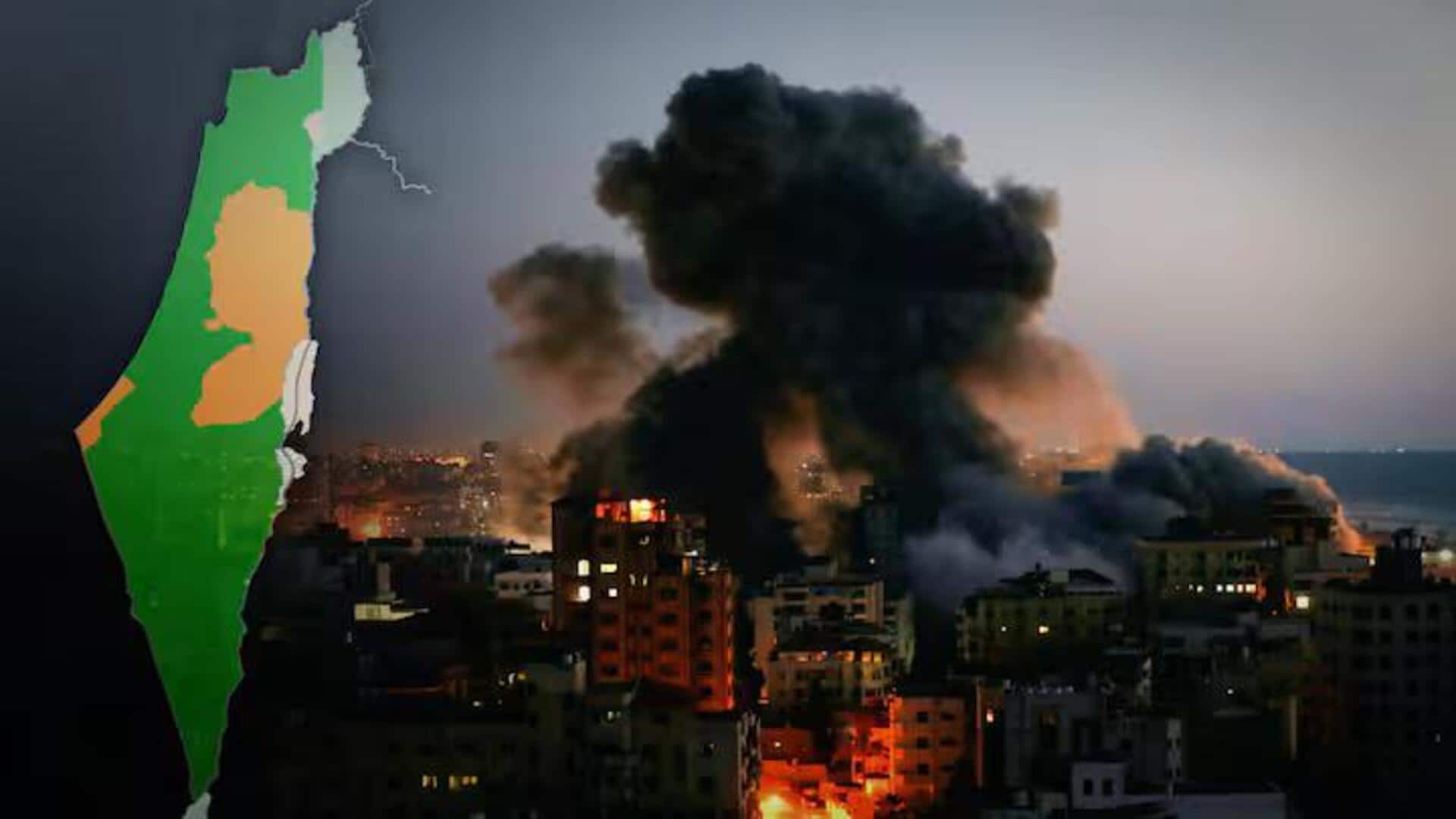
6 months of Israel-Hamas conflict: What has changed
What's the story
On October 7, a group of Hamas terrorists breached the seemingly impenetrable "Iron Wall" to enter Israel, where they killed around 1,139 people.
This prompted the Jewish state to launch an immediate counterstrike on the Gaza Strip.
It has been six months since then and more than 33,000 Palestinians have lost their lives with more than 75,000 people injured.
Almost all of Gaza's 2.3 million residents are facing displacement, food shortages, and inadequate healthcare facilities due to the ongoing conflict.
Aid
What has changed for Gaza residents?
Ever since Hamas took control of the Gaza Strip in 2007, the movement of goods and people to and from Gaza has been restricted by Israeli troops.
After the Hamas assault, the Jewish administration imposed a complete blockade on the area but later allowed aid through pedestrian checkpoints from Egypt and road checkpoints from Israel.
However, aid organizations and donors report that lengthy Israeli inspections have been delaying shipments for weeks. Moreover, lack of civilian authorities has made distribution cumbersome.
Offensive
Israel planning to attack Palestinians' last safe haven
Under PM Benjamin Netanyahu's leadership, the Israel Defense Forces (IDF) initiated its ground offensive from the northern half of the Gaza Strip, instructing a large number of residents to evacuate southwards.
Since February, Israeli forces have maintained control over most of Gaza, with exceptions being a small central area and Rafah city on the southern boundary.
Despite a UNSC resolution calling for an immediate ceasefire, Netanyahu has approved a plan to attack Rafah, where 1.4 million Palestinians have sought refuge.
Health and disease
Gaza has become a breeding ground for disease
Israeli airstrikes have completely obliterated healthcare infrastructure in Gaza.
The northern region has no fully operational hospitals left, with only a few remaining in the south.
Almost all the population lack access to sanitary toilets or washing facilities, further exacerbating the health crisis amidst the conflict.
The Integrated Food-Security Phase Classification (IPC) global hunger has predicted a famine by May without an immediate aid influx.
Economy
1.8 billion worth of critical infrastructure damage in Gaza
The United Nations (UN)and World Bank estimate that the war has caused $1.8 billion worth of critical infrastructure damage in Gaza.
This figure equates to around 97% of the combined economic output of the West Bank and Gaza in 2022.
The conflict's devastating impact on infrastructure further intensifies the humanitarian crisis faced by Gaza's inhabitants.